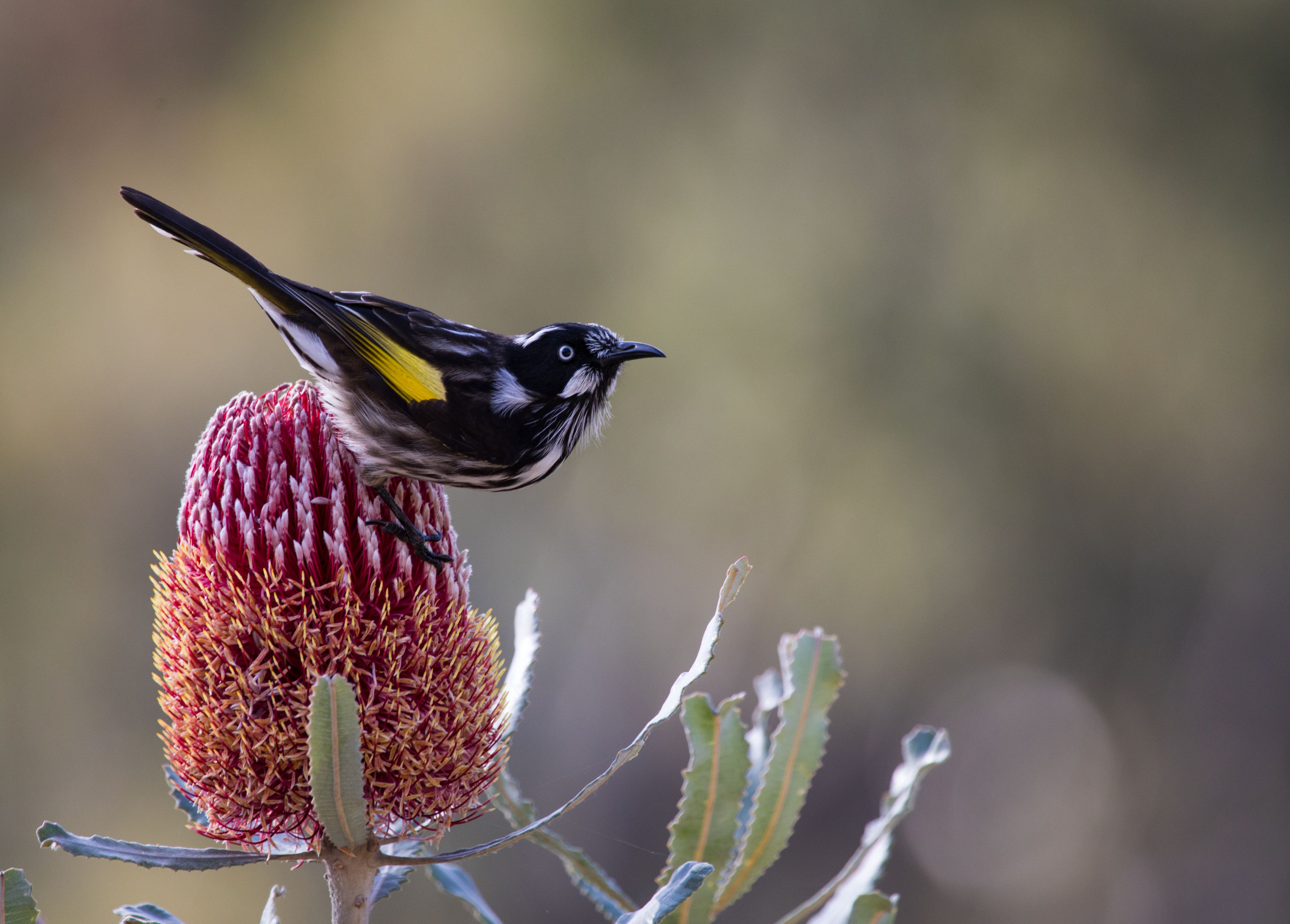Home/Curriculum resources/Understanding plants and animals/Activity 1 - Seed germination
Learning Area:
Science
Year level:
Level 6
Suggested timing:
Occurs over a week or more, with something to monitor for the class across this time span.
Required resources:
Native seeds, Banksia spp. seeds, dry leaf litter, BBQ area or fire pit, fire lighters, plastic petri dishes, ash

Activity 1 - Seed germination
This activity is a part of the Understanding plants and animals resource.
Songwarbler perching on a branch. Canberra, Ngunawal country. Photographer: Anna Calvert. Source: Getty Images. Used under licence.
We’ve all seen nature spring back into life after a fire. In this resource students will investigate the effect of ash on the germination of native seeds and how fire can be used in productive ways.
Step by Step guide
Step 1: Investigate seed germination
Students will investigate the effect of ash on the germination of native seeds. Students should be provided with native seeds that do not require pre-treatment for germination. Seeds that have fast germination rates are preferred, so that students can obtain results of the experiment within appropriate timeframes. Banksia spp. is a good example of a fast-germinating native seed. 0
Step 2: Collect materials
Students should collect native dry leaf litter from the school environment or home. The leaf litter can be placed in a fire-pit, BBQ, heatproof pot or other appropriate equipment for burning. With the students at a safe distance, the teacher can set fire to the leaf litter, and then allow it to completely burn and cool. Students can collect the cooled ash for use in the inquiry.
Step 3: Create petri dishes
Students should prepare two plastic petri dishes with moistened cotton wool and place an equal number of native seeds into each of the petri dishes. Ash can be added to one of the petri dishes, keeping the second as an untreated control to compare the effects of germination. The seeds should be kept in a warm area in the classroom and monitored daily for germination. Students will evaluate the effectiveness of ash as a fertiliser by comparing the germination rate of ash-treated seeds with the seeds that did not receive ash-treatment.
Related activities within this resources:

Inquiry-based learning questions
These inquiry-based questions are provided for flexible classroom use, allowing teachers to tailor discussion and reflections specific to their classroom needs.

Conceptual-based question cards
Engage with a variety of conceptual-based questions which explore the impact of fire practices on plants and animals.

Activity 2 - Diamond Ranking
Students will need to draw upon their critical thinking skills and express their perspective when ranking statements about Indigenous fire practices.
Required resources:
Scissors

Activity 3 - Exploring ecosystems before and after a controlled burn
Students can select an ecosystem, draw and explain what happens to the ecosystem before and after a controlled burn, linking this back to supporting biodiversity.